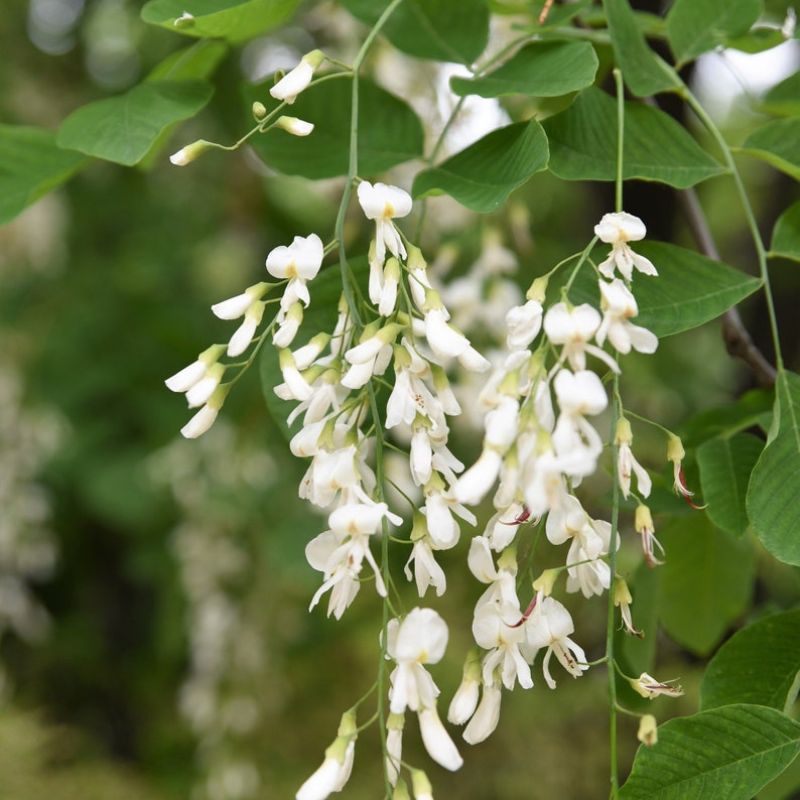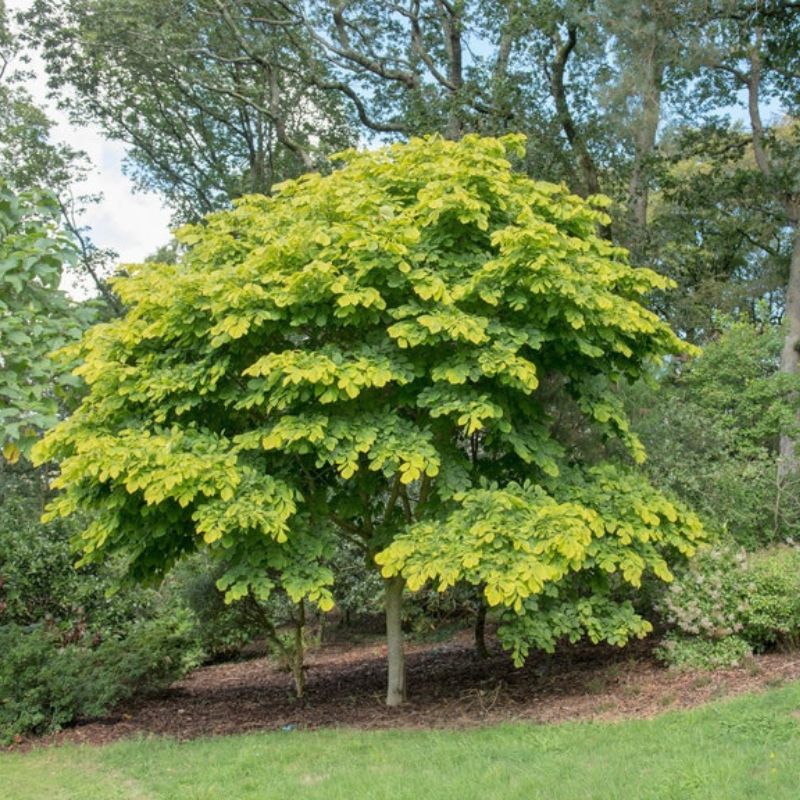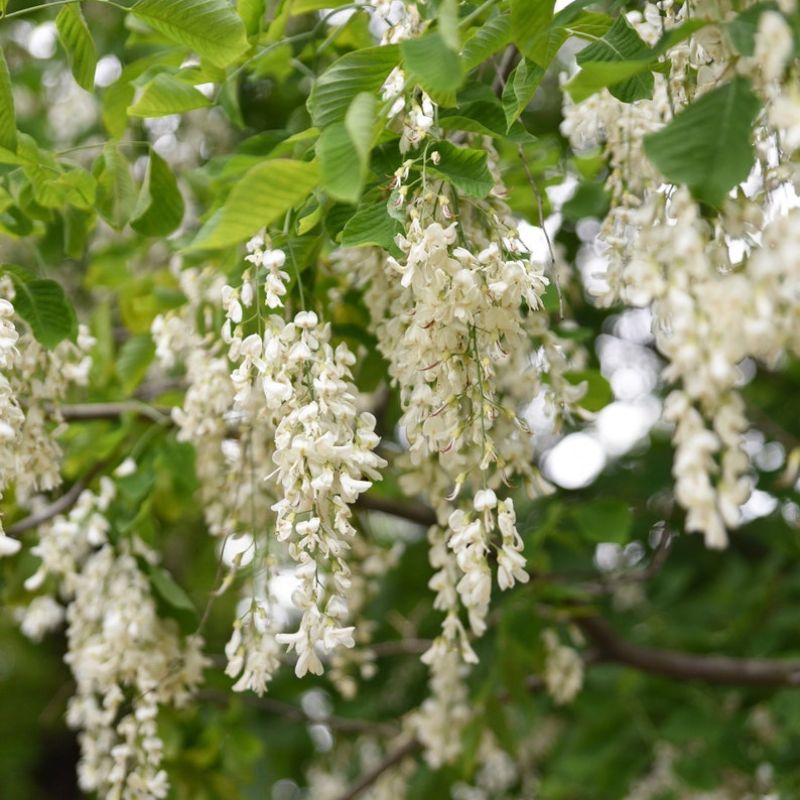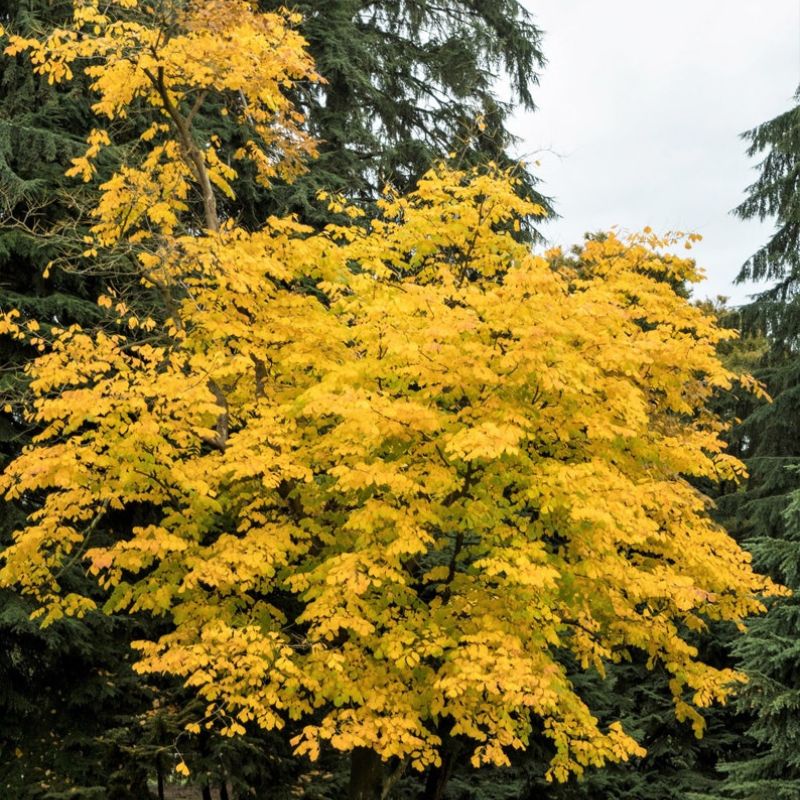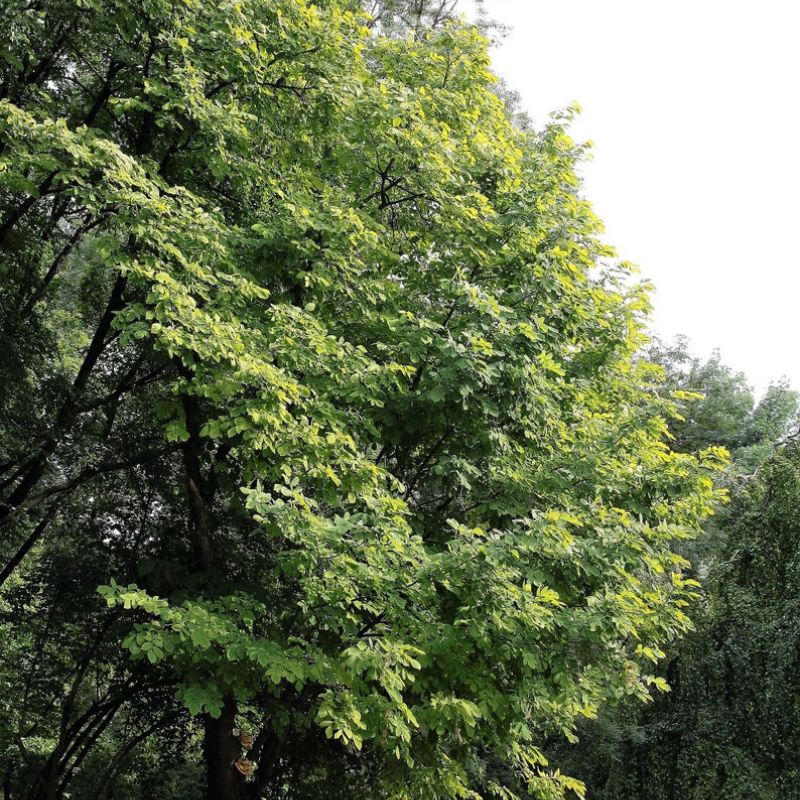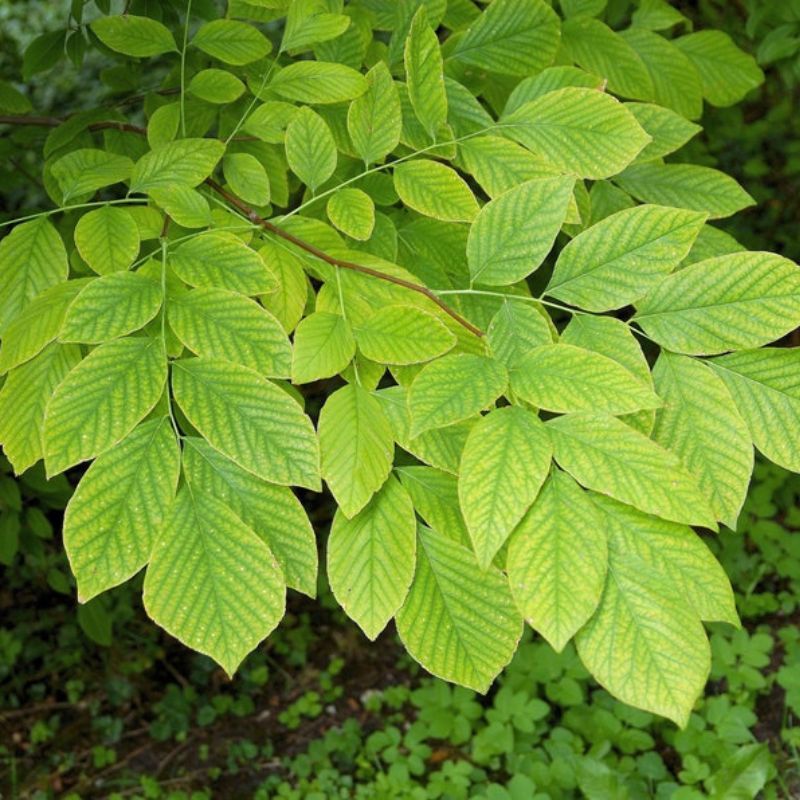- Historical context: The Cladrastis lutea, also known as Yellowwood or American Yellowwood, is a species of Cladrastis native to the Southeastern United States. It is not an Ash tree species, but a distinct species in its own right.
- Geographical origination: The Cladrastis lutea is native to the Southeastern United States, particularly in the Appalachian Mountains.
- Relevant cultural significance: The tree is highly valued for its spectacular display of pendulous white flowers in late spring and its brilliant yellow fall color. Its wood, yellow in color, has been used for various purposes including gunstocks and fence posts.
- Time period of discovery: The tree was first scientifically described in the late 18th century.
- Original habitat: The Cladrastis lutea is found in rich, well-drained soils of mountain valleys and slopes; it is not typically a species of lowland areas.
- Notable historical uses: The wood of Cladrastis lutea has been used for making furniture, musical instruments, and in boat-building.
- Ideal temperature range: The Cladrastis lutea prefers a temperate climate, with temperatures ranging from 20°F to 30°F in winter and 70°F to 85°F in summer.
- Soil type: It prefers well-drained, deep, fertile soils. It can tolerate a wide pH range, from acidic to slightly alkaline.
- Sunlight requirements: The tree requires full sun to partial shade.
- Watering needs: It has moderate water needs. While it is drought-tolerant once established, it prefers consistent moisture.
- Planting season: The best time to plant Cladrastis lutea is in early spring or fall.
- Germination time: The seeds typically germinate in 2-3 weeks.
- Growth cycle duration: The tree reaches maturity in about 20 years.
- Common pests and diseases: It is relatively free of pests and diseases, but can occasionally be affected by leaf spot and canker.
- Companion planting advice: It can be planted with other woodland species like oaks and maples.
- Common challenges and solutions: The tree is not tolerant of urban pollution, so it should be planted in a location where it is protected from such conditions.
- Nutritional values: Not applicable as the tree and its seeds are not typically consumed.
- Health benefits: Not applicable as the tree and its seeds are not typically used for health purposes.
- Culinary uses: Not applicable as the tree and its seeds are not typically used in cooking.
- Medicinal uses: Not applicable as the tree and its seeds are not typically used in medicine.
- Other unique advantages: The tree is highly valued for its ornamental qualities, particularly its showy flowers and fall color. Its wood is also valued for its strength and color.
